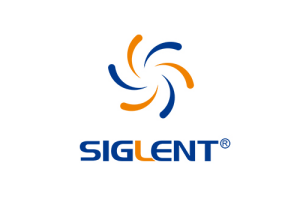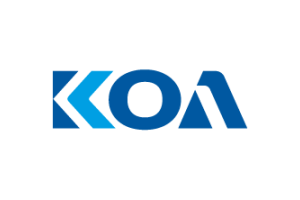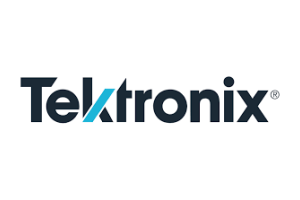M2M/IoT
LTE Cat-NB1 in practice
Five questions to Wilhelm Oelers, from Triptec, about his tutorial »Make your hands dirty on NB-IoT application« at the 15th Wireless Congress 2018 on November 14th in Munich.
With the extension of the LTE standard by LTE Cat-NB1, the mobile network operators and the 3GPP (3rd Generation Partnership Project) have reacted to the growing of LPWANs in the license-free SRD frequency range below 1 GHz. LTE Cat-NB1 promises a number of advantages. The LTE networks are still fragmented, but manufacturers are already offering the first wireless modules. The tutorial »Make your hands dirty on NB-IoT application« on November 14th in Munich will show how an IoT system for LTE-Cat-NB1 can be realized in practice.
? Mr. Oelers, what challenges does LTE-Cat-NB1 present to developers compared to GSM?
! Wilhelm Oelers: With GSM we have a sensitivity of -110 dBm in the receiver of the GSM module. For LTE-Cat-NB1 – called NB-IoT before standardization by 3GPP – the sensitivity is much higher at –129 dBm. Interference signals on the board amounting to –116 dBm are not »visible« to the GSM module.
However, the NB-IoT module is blocked by –116 dBm and could no more receive. PCBs for all LPWAN techniques need to be designed and routed much more carefully.
? Your tutorial is based on the radio module akorIoT for LTE-Cat-NB1. Why do you use this hardware?
! Oelers: In the akorIoT SensPRO, besides the NB-IoT module, the GNSS module, ten sensors, charging controllers and PCB antennas are all connected. The IoT developer can use the Arduino SDK and the libraries to take his first quick steps and then switch to the GCC GNU compiler.
There is also an expansion bus to connect your own PCBs with your own sensors.
The word »akor« is the ancient Celtic word for »open«. With the wireless module akorIoT much is open and can be taken over thus easily into own circuits.
akorIoT with Arduino Nano
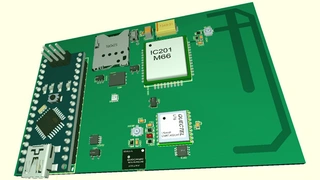
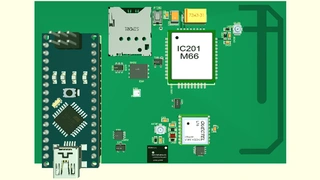
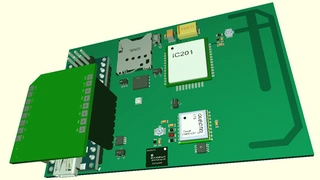
? Who supports akorIoT?
! Oelers: The akorIoT boards are available as evaluation kits or reference designs - at a cost of 109 to 149 Euro. All akorIoT PCBs always contain a cellular wireless module and a GNSS module plus a few sensors.
The akorIoT concept is supported by the wireless module manufacturer Quectel. We get direct support from Quectel and very early access to new wireless modules. The akorIoT Micro was the world's first radio adapter with NB-IoT multi-mode module (NB-IoT, LTE-M, GPRS, GNSS) with Arduino R3 connectors for Arduino Uno and all STM32 Nucleo 64 from STMicroelectronics.
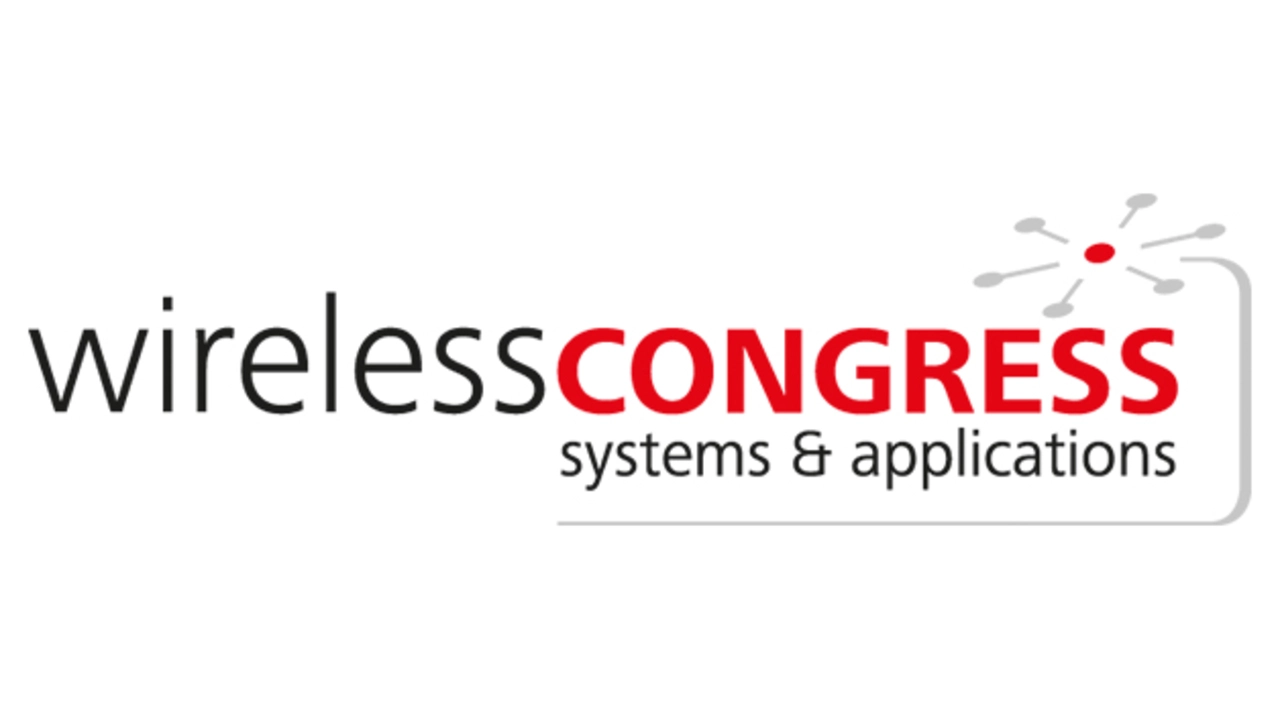
The akorIoT PCBs were developed by the author Harald Naumann according to the wishes of the readers of the IoT / M2M Cookbook. With the akorIoT SensPRO we now have the third generation. Since the used microcontroller and the Quectel wireless module BG96 on the akorIoT SensPRO are also used by Deutsche Telekom, their libraries for Ardunio will immediately work on the akorIoT SensPRO.
The first »Hello World« message to the public NB-IoT network in Berlin was sent with an akorIoT microphone in May 2017. The first »Hello World« message to Telkomsel's NB-IoT network in Indonesia was also sent with an akorIoT Micro. The akorIoT users can be found all over the world.
? How can a developer use akorIoT?
! Oelers: Very simple: buy akorIoT SensPRO. Load the demo code with Arduino-SDK on it - done. How easy it is we show in the tutorial.
? What do you show in your tutorial at the Wireless Congress 2018 and to whom do you address yourself?
! Oelers: We show you how to put an NB-IoT module with microcontroller and sensors into operation in a few minutes.
Our target group are developers without hardware knowledge, but also developers with experience in PCB development.
In the tutorial, we point out the special features of the development of NB-IoT systems, share our experience with the participants and are available for customer-specific questions after the tutorial.
The NB-IoT antenna as a trace for about 0 Euro will be explained by the author Harald Naumann in the tutorial for antennas on the second day of the congress.
| Wireless Congress: Systems & Applications |
|---|
| Tutorial 2: NB-IoT |
| 14. November 2018, 17:00 – 18:00 |
| Munich |
| www.wireless-congress.com |
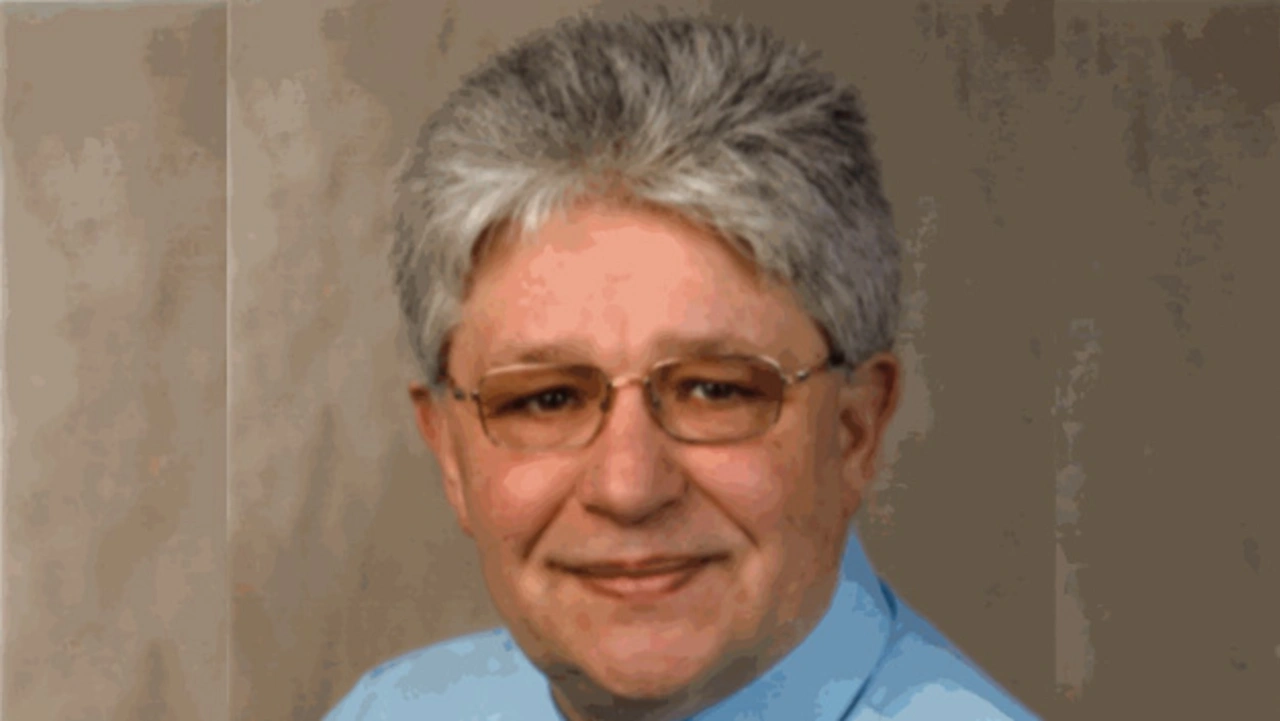
Wilhelm Oelers
is an IoT /M2M developer with many years of experience in the development of radio applications. He has more than 30 years of professional expertise.
Oelers started his professional career as a telecommunications engineer at Deutsche Post. He was head of development and/or member of various project teams for radio applications in Ambiente Assited Living, remote reading of meters and remote control equipment, or GSM/GPS-based locating devices.
Today his knowledge flows into many products of customers in the area of »M2M« or »IoT«.
Oelers is CTO of Triptec in Lübeck and the developer of the akorIoT PCBs.
w.oelers@triptec.de






